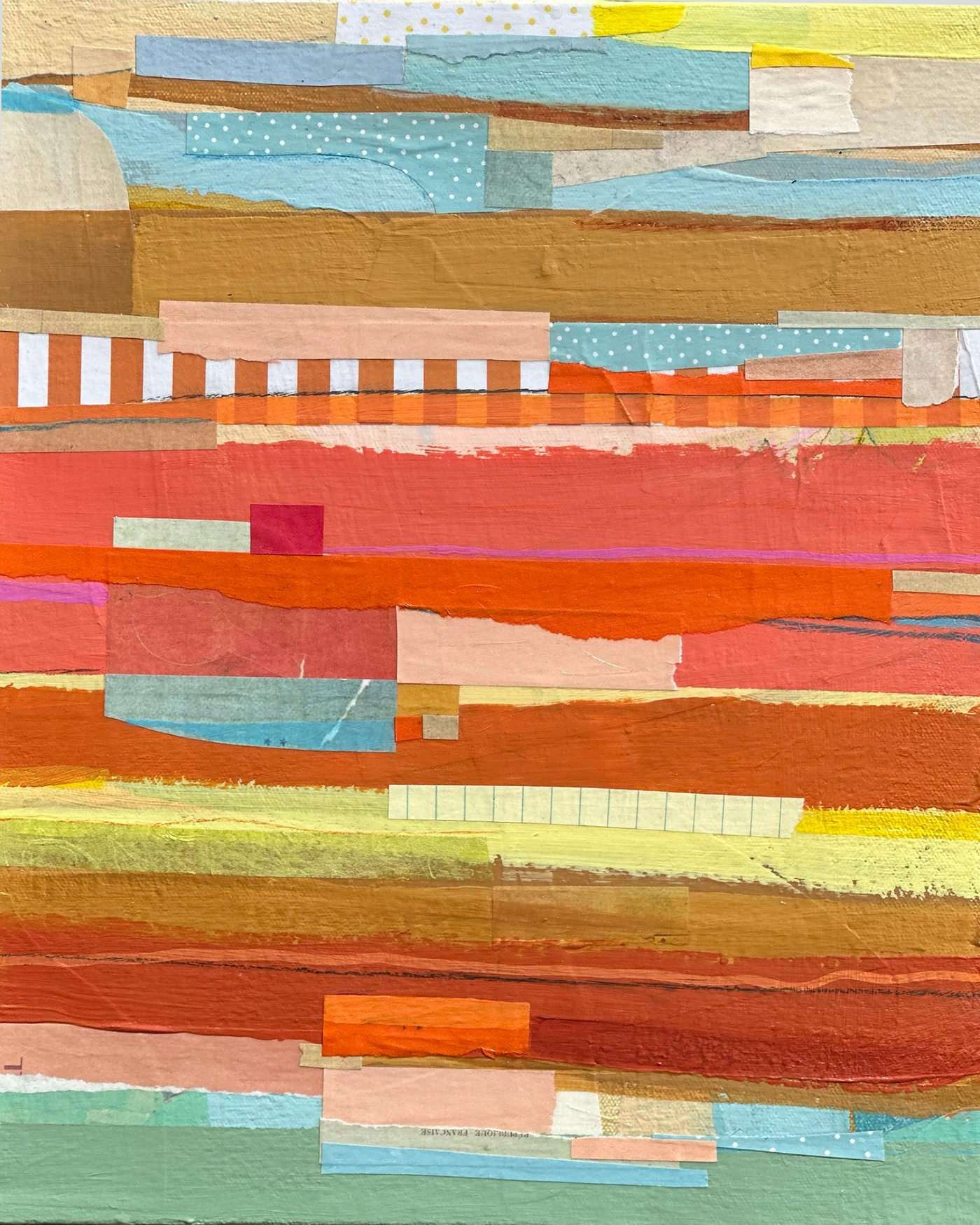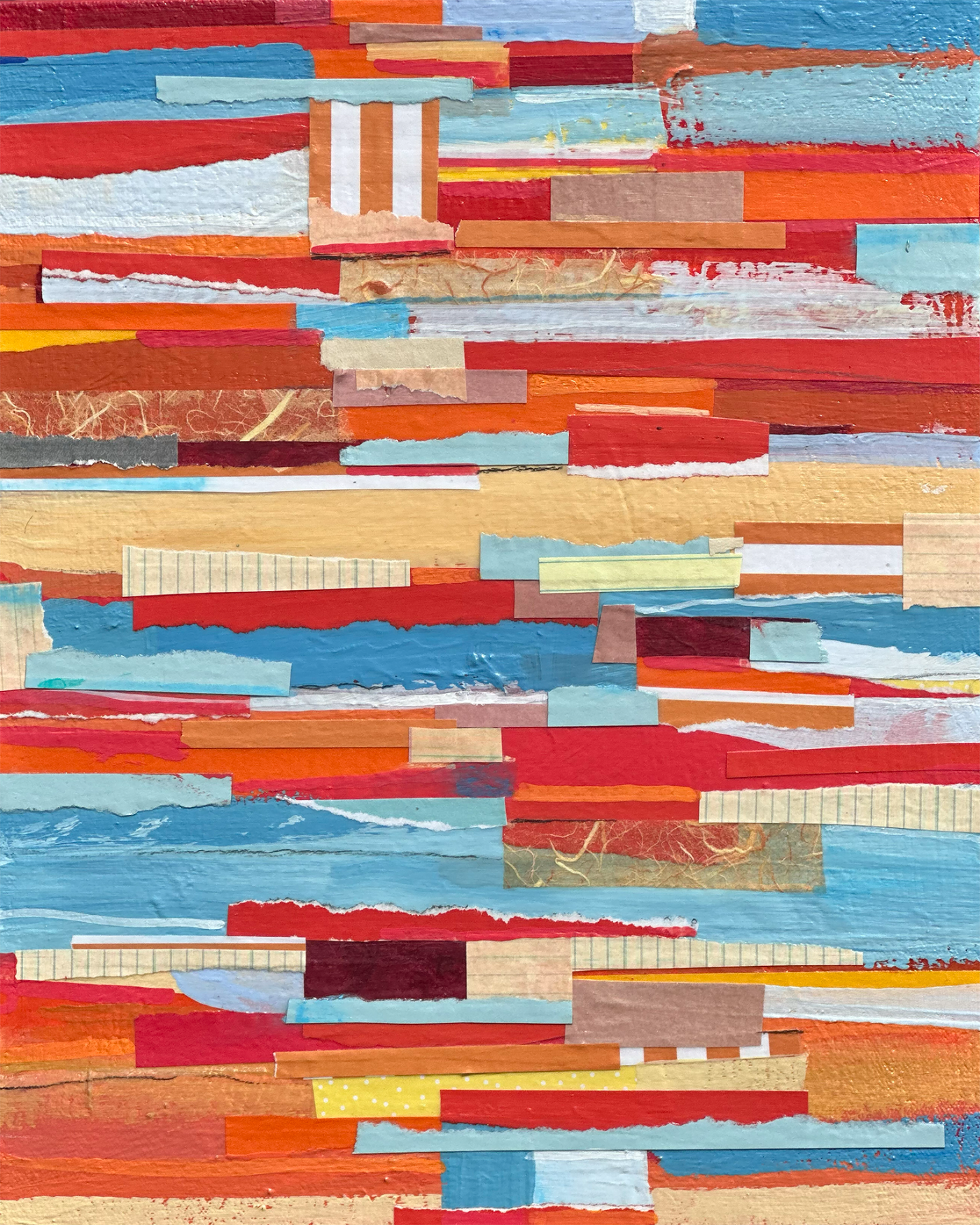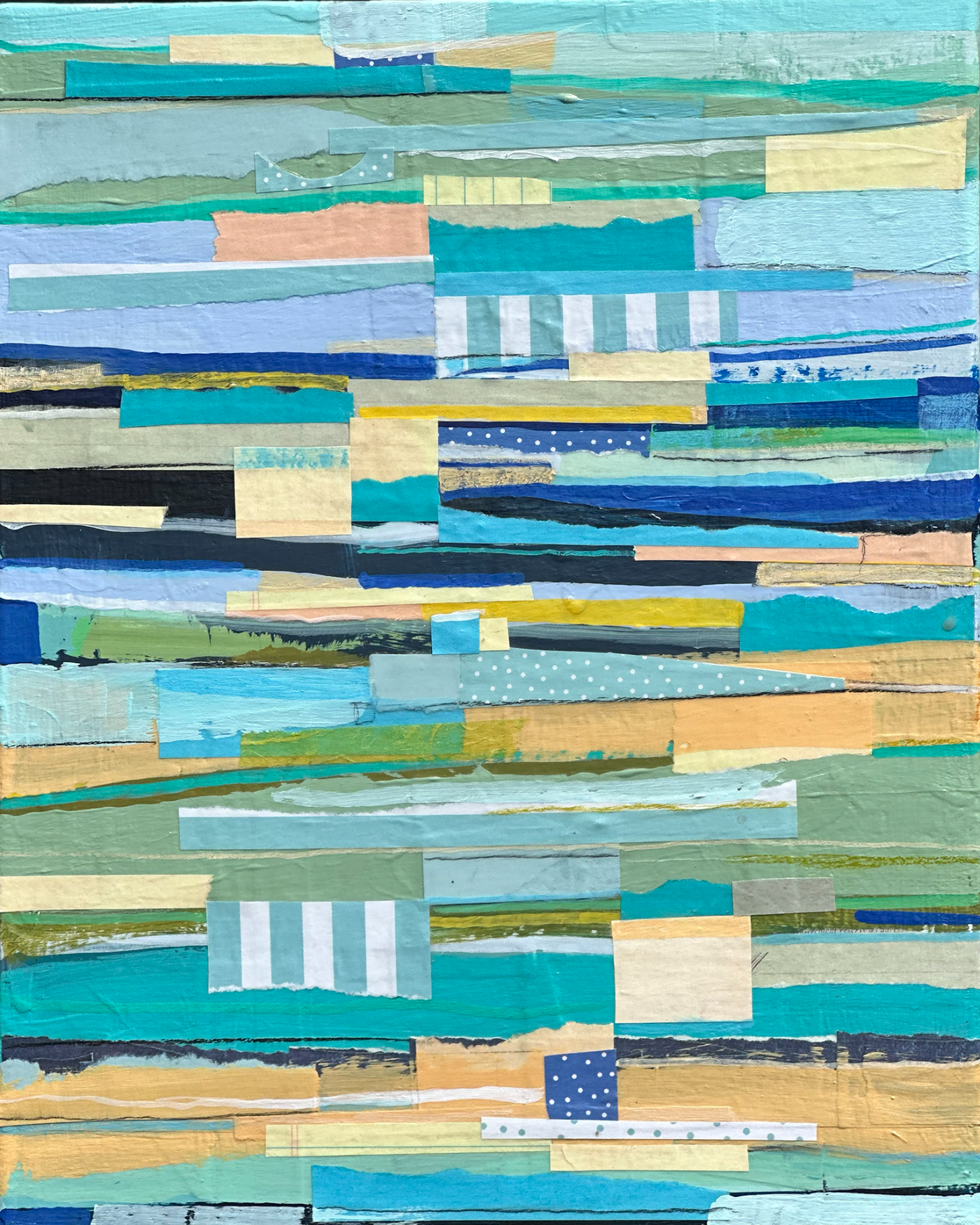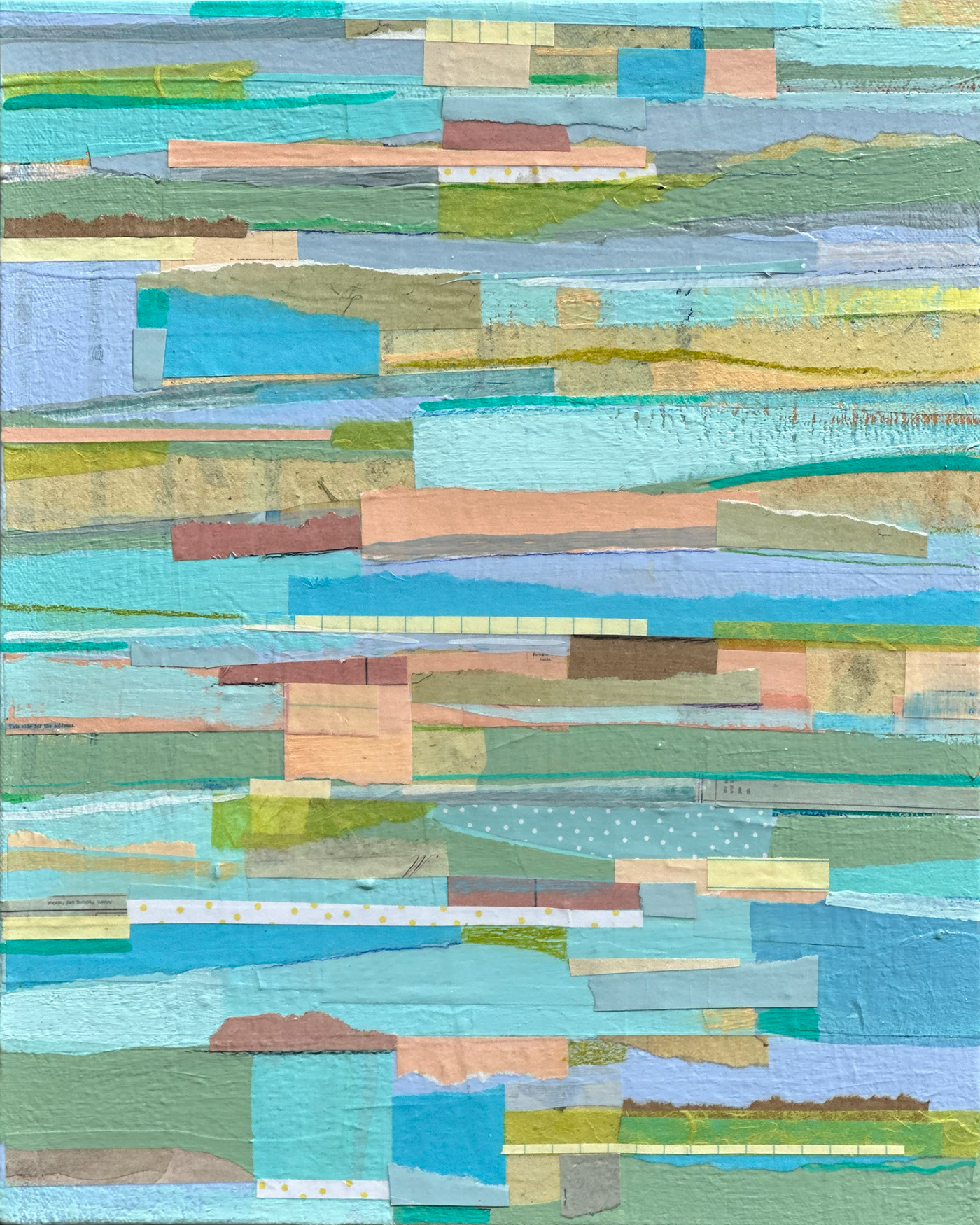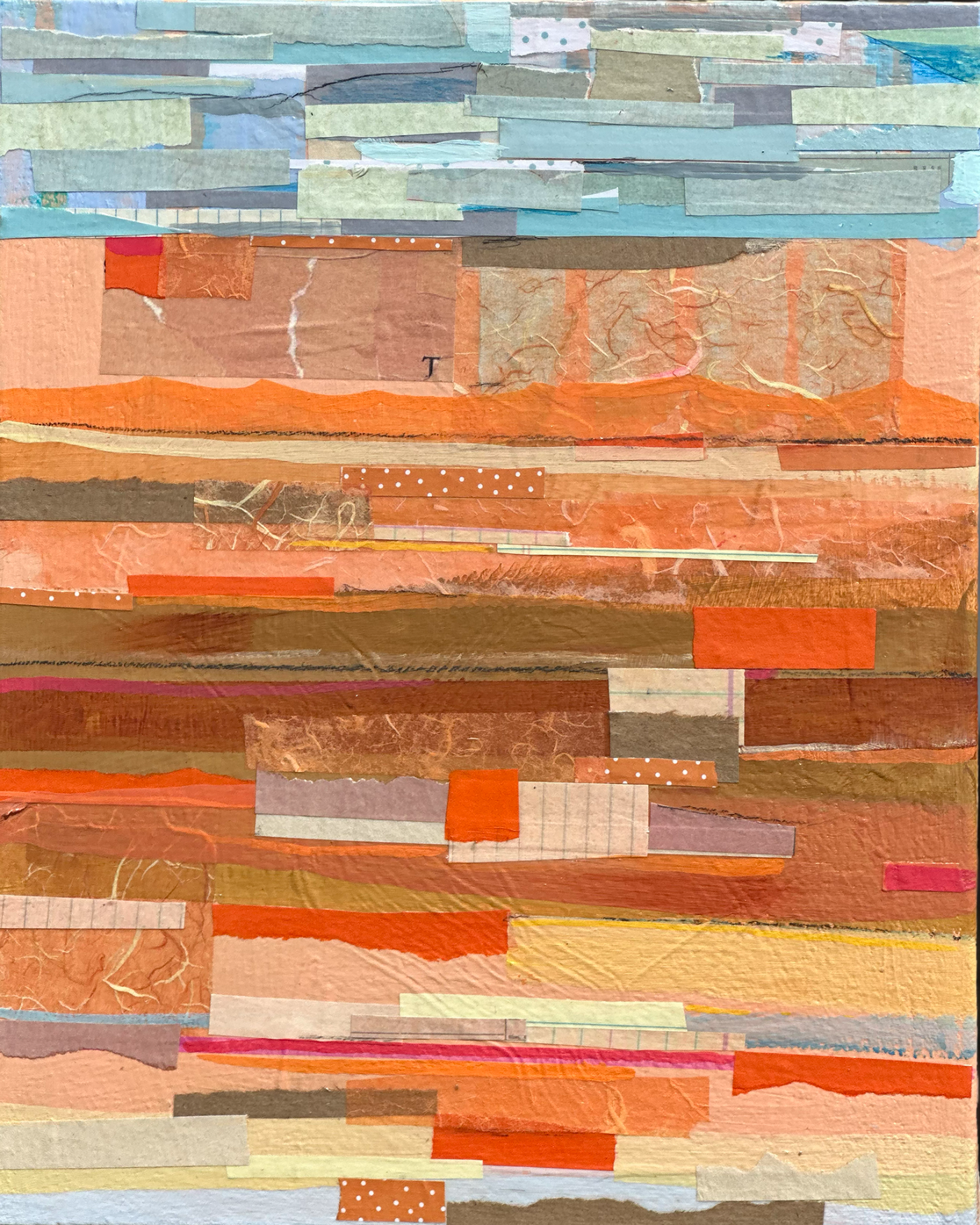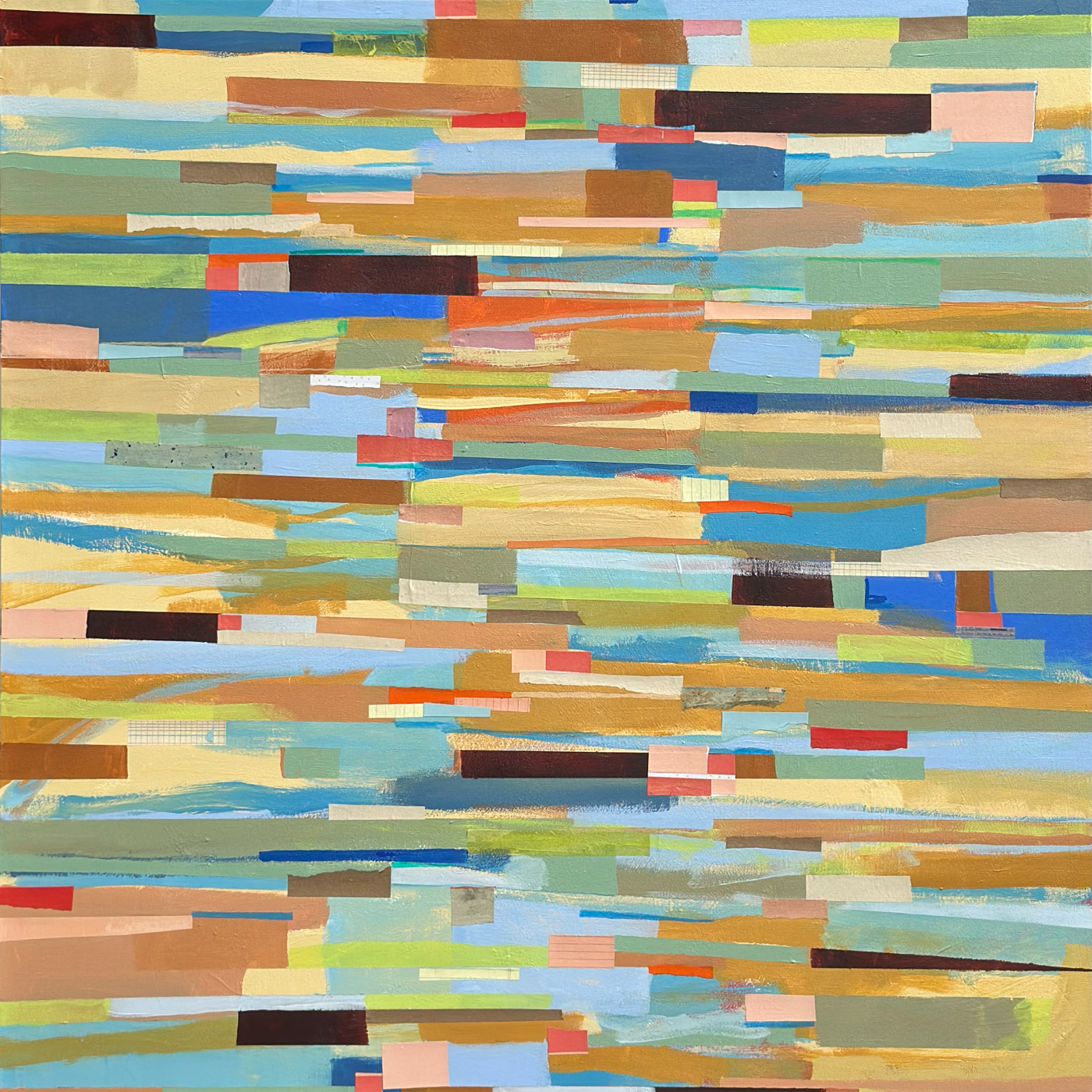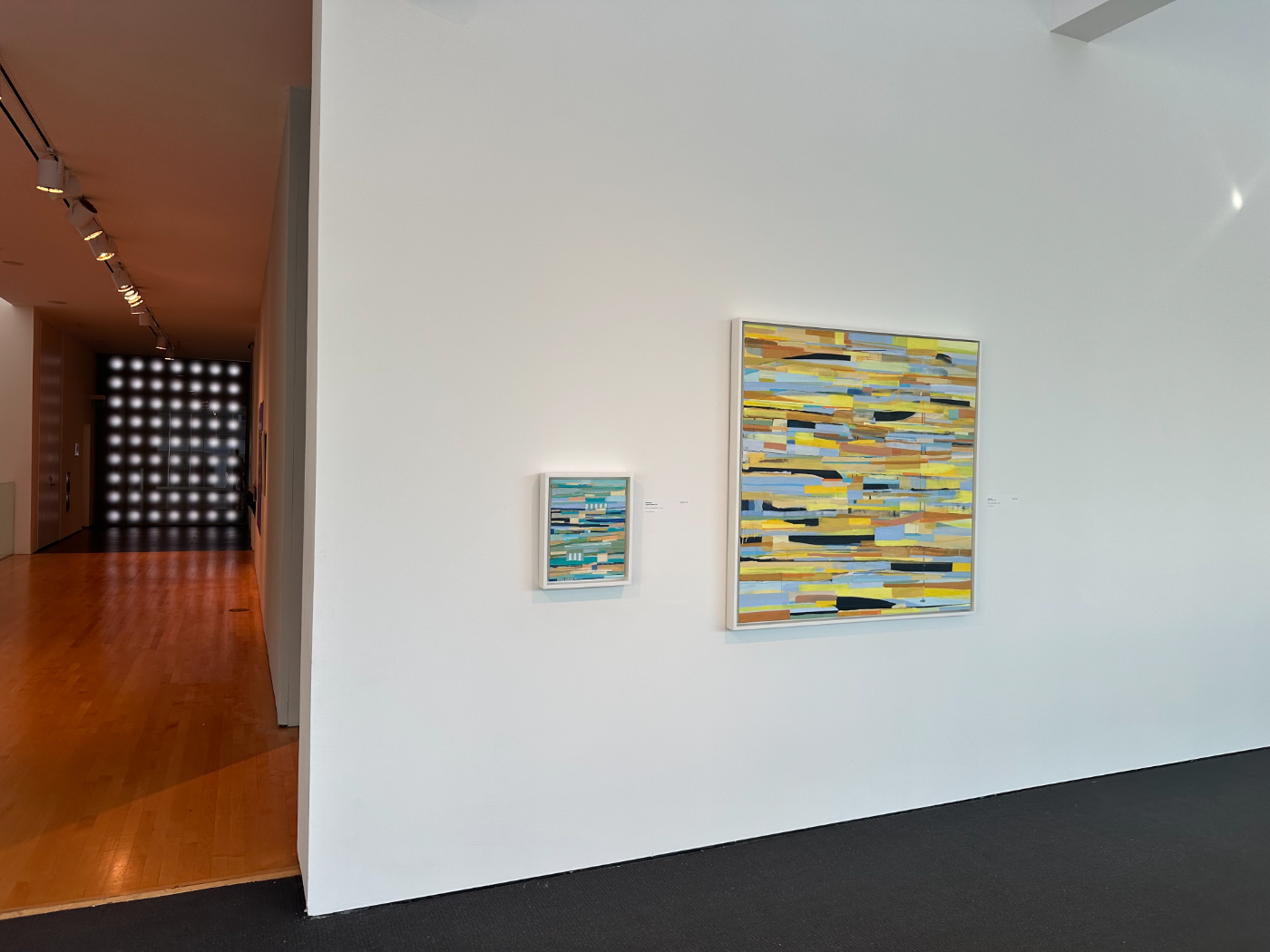Michael Eble
Michael Eble was born in New Orleans, Louisiana. He earned a BFA in painting from the University of Louisiana at Lafayette and an MFA in painting and drawing from the University of Mississippi in Oxford, Mississippi.
Michael currently serves as the Assistant Dean for the UL College of the Arts at the University of Louisiana at Lafayette. In this role, he oversees communications, events, and exhibitions for the college, while nurturing the next generation of creative minds.
In 2016, Michael returned to Louisiana after spending thirteen years in Minnesota, where he was an Associate Professor of Studio Art and the Curator of the Edward J. & Helen Jean Morrison Gallery at the University of Minnesota, Morris.
Michael has been awarded several grants and fellowships, including an Artspark Grant, Louisiana Project Grant, and an Advance Faculty Grant from UL Lafayette. He has also received multiple Imagine Fund Awards and Grant-in-Aid Awards from the University of Minnesota, a Residential Fellowship in 2008 from the Institute for Advanced Study, and additional grants and research funding from the McKnight Foundation, Lake Region Arts Council, Vermont Studio Center, Science Museum of Minnesota, and the New York Mills Regional Cultural Center.
Artist Statement:
Michael's artwork explores an abstracted topographies, prompting viewers to reflect on their own connections within their environments. His paintings and works on paper have been exhibited in numerous regional and national solo and group exhibitions, with recent shows in Louisiana, Minnesota, North Dakota, and Wisconsin. Michael is currently represented by the Cole Pratt Gallery in New Orleans, Louisiana.
I produce paintings, collages, and works on paper featuring an abstracted topography. My collection of works function as an atlas where I record responses to places and experiences through a visual language. The stacking and layering of linear striations and motifs in my pieces reflect a strong connection to the rhythms of life.
In my creative practice I prioritize exploration and intuition. I find great content in the process of layering lines, colors, and shapes into multilayered abstractions, resulting in captivating works that convey a sense of depth and emotion. Additionally, I often incorporate collaged elements into my paintings, which add dimension and allow me to experiment with different materials. I find the immediacy of collaged paper and found materials, provides a layered appeal that is a departure from a rigid hard-edge painting process.
I frequently create large-scale acrylic paintings with mixed media elements on canvas, immersing viewers in a captivating experience. However, I also enjoy working on smaller canvases and paper pieces, where my focus shifts towards fostering intimacy with the viewer. In these smaller works, I aim to provide snapshots of places rather than overwhelming them with the entire world I've created. This balance between large and small works allows me to satisfy my creative needs as an artist, and it enables me to build cohesive bodies of work.
I continuously draw inspiration from the natural rhythms of water and its fractal quality as it relates to light. Additionally, I draw from various sources, including cartography, poetry, mid-century design, and maritime influences. These diverse stimuli allow me to explore ideas of travel, place and history, beauty and loss, time, and transformation.
Through my art, I aim to encourage viewers to slow down and engage their surroundings more mindfully, fostering a greater visual awareness of the environments they inhabit.
WORK



